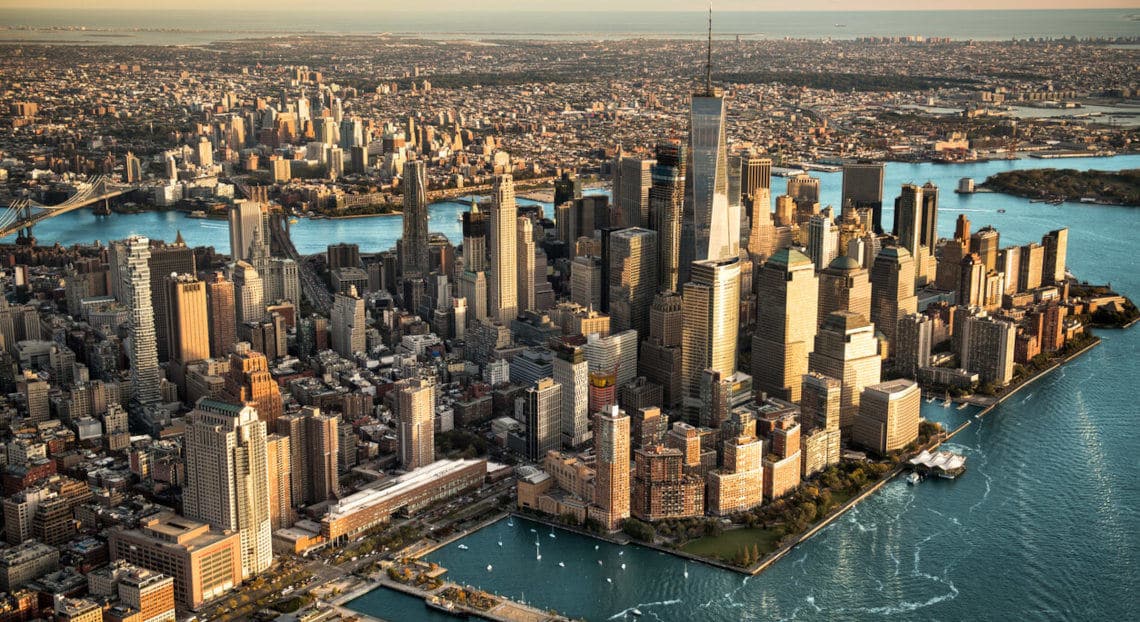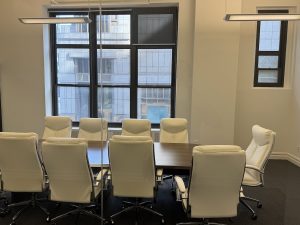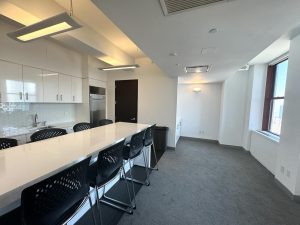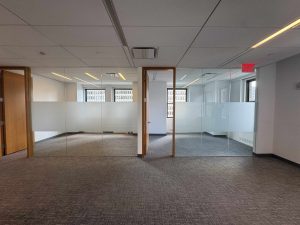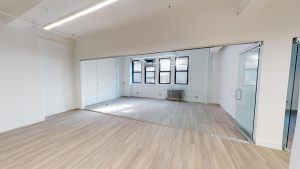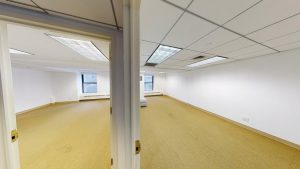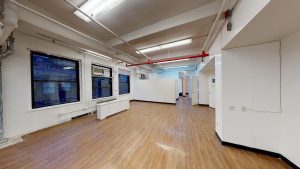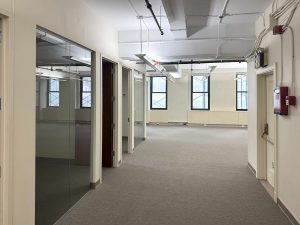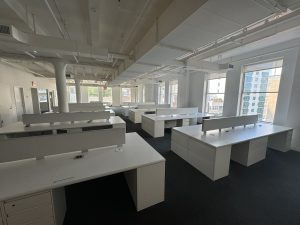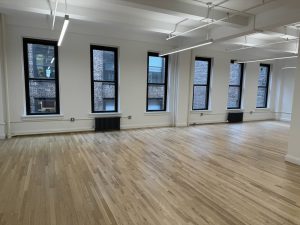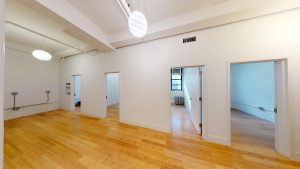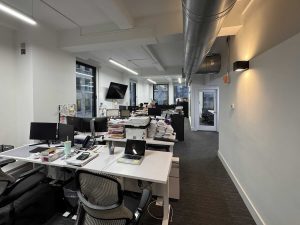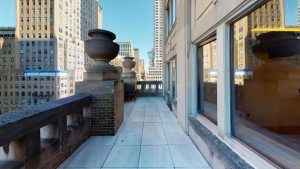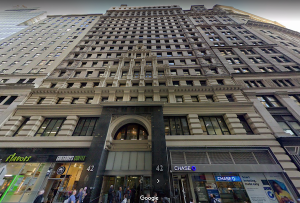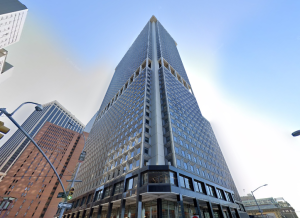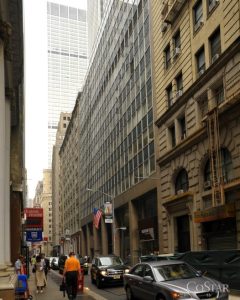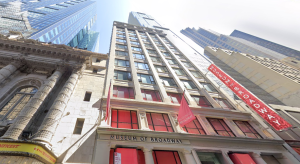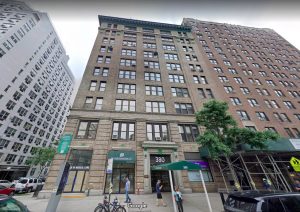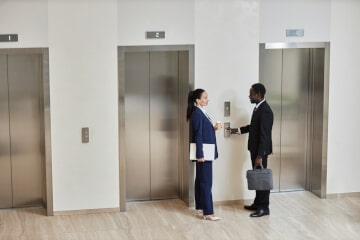Have you ever imagined how New York City might look if it had actually built some of its most ambitious architectural plans? The Big Apple is full of ambitious ideas that never came to fruition, from a massive highway buried under a rooftop park to a skyscraper that would’ve sliced right through Grand Central Terminal. These “never built in New York” ideas aren’t just cool “what-ifs” – they tell us a lot about what New Yorkers wanted (or fought against) for their city over the years.
Looking at these never-realized plans is like peeking into an alternate universe. What if that expressway had cut through Lower Manhattan? Or if 42nd Street had gotten a sleek light rail system? While these ghost buildings will never cast actual shadows on the streets, they still shape how we think about urban planning today. Some concepts, in fact, like the focus on sustainability and smart technology, are finally becoming a reality in newer developments.
That said, some of the projects below, never built in New York, remind us of the constant tug-of-war between big dreams and real-world challenges in shaping a city—and they make us wonder what wild ideas might transform the skyline in the future.
Building Examples and Their Hypothetical Impacts
New York’s skyline is iconic, but what about the buildings that almost were? From wild glass towers to entire domes over Manhattan, some of history’s boldest architects dreamed up designs that never saw the light of day. These once-anticipated projects that were never built in New York tell a fascinating story of ambition, innovation, and “what if?” Let’s look at how some of these phantom buildings might have changed the city we know today.
Famous Projects That Never Materialized
Iconic projects that never materialized have long captured the imagination of architects, urban planners, and the public alike. Imagine strolling through Manhattan and seeing Frank Lloyd Wright’s gleaming glass towers piercing the sky or looking up to find R. Buckminster Fuller’s massive dome sheltering the city like a futuristic snow globe. These weren’t just pie-in-the-sky ideas – they were serious plans that almost became reality. But like that awesome treehouse you dreamed up as a kid, these grand visions never made it off the drawing board.
Fast forward to more recently, and the Big Apple nearly got another taste of the extraordinary. After 9/11, architect Daniel Libeskind proposed a striking design for the World Trade Center site – a cluster of bold, angular buildings surrounding a space for reflection. It was edgy, it was powerful, and it never happened. Like many incredible projects never built in New York, it fell victim to the classic “sounds great, but…” syndrome. Security worries, budget nightmares, and old-fashioned cold feet led to a more subdued design. It’s wild to think about how different the city might look and feel if these daring dreams had come true. It makes you wonder what other brilliant ideas are out there, just waiting for their chance to reshape our cities.
Potential Changes to Urban Life
Now, let’s speculate how these never-built wonders might have changed life in the Big Apple. Take Steven Holl’s wild “Bridge of Houses” idea – it wasn’t just about slapping some apartments onto a bridge—this funky concept aimed to tackle real issues like affordable housing and community connection. Picture New Yorkers from all walks of life living, working, and mingling in a neighborhood that literally bridged gaps in the city. Who knows? Maybe it would have broken down social barriers while sparking a new trend of creative urban living spaces across the city.
More recently, the unbuilt saga of 2 World Trade Center told a similar story. Norman Foster dreamed up this stack of shiny, diamond-shaped volumes that would have given the Financial District some serious eye candy. Yet, tenant preferences and market demands gave it the cold shoulder. Even the coolest architectural dreams can crash into the brick wall of practicality. However, if it were built, we could be talking about a whole new way of working. Funky geometric floors would have inspired creativity and collaboration. What’s more, it would have put an unmistakable exclamation point on New York’s skyline, becoming an instant icon. After all, in New York City, the buildings we don’t see can be just as fascinating as the ones we do sometimes.
The Architects’ Unfulfilled Visions
When discussing projects never built in New York, we’re not just debating isolated ideas – we’re looking at the persistent dreams of visionaries who saw the city’s potential in a whole new light. Take Robert Moses, for instance. This guy wasn’t just content with reshaping parts of New York; he had grand plans to completely overhaul the city’s infrastructure. Imagine a Manhattan crisscrossed with massive expressways or a Long Island Sound bridge connecting the Bronx to Long Island. Moses pitched these ideas time and time again, stubbornly holding onto his car-centric vision of urban utopia.
Then there’s Moshe Safdie, the architect behind the iconic Habitat 67 in Montreal. He tried multiple times to bring his innovative, modular housing concepts to New York. He had the thought that they could revolutionize urban living. Yet, like many others, he was mistaken. That said, Safdie’s lifelong passions that, despite never materializing, left an indelible mark on architectural thinking.
Fast forward to more recent times? The spirit of architectural ambition in New York is still alive. Take Zaha Hadid’s mind-bending design for a residential building along the High Line. It’s a flowing and undulating structure as if the building itself was trying to dance with the park below. It would have been a showstopper, bringing Hadid’s signature futuristic style to a neighborhood already known for pushing boundaries. But like so many bold ideas before it, this one hit the wall of New York reality – funding dried up, zoning issues cropped up, and suddenly, this potential icon joined the long list of projects never built in New York.
Economic and Political Factors: Further Context and Substance
So, if some of the above concepts and ideas were supposedly so innovative and revolutionary, why were they never built in New York? It’s pretty simple. You can have the fanciest designs and most jaw-dropping visions, but at the end of the day, money talks and politics are politics. Consider the following:
- Economic Slumps and Funding Freezes: Remember the Great Depression? It didn’t just empty wallets; it emptied construction sites, too. Even bigshots like Frank Lloyd Wright saw their plans gather dust when the money well ran dry. Fast forward to 2008, and we saw history repeat itself – when the economy tanks, sky-high ambitions often come crashing down.
- Political Winds and Project Approvals: One minute you’re in, the next you’re out. That’s politics for you, playing havoc with many building plans. Is there a new mayor in town? Watch those zoning laws do a 180. Angry neighbors raising a stink? Say goodbye to your groundbreaking ceremony. In NYC, your architectural masterpiece is only as solid as your political backing.
- Technological Hurdles of Yesteryear: Picture trying to build a smartphone with 1950s tech. That’s the kind of headache architects faced back in the day. Some ideas were just too far ahead of their time, like trying to erect a skyscraper when elevators were still a pipe dream. Sometimes, the future arrives fashionably late to the construction party.
- Evolving Urban Planning Philosophies: Once upon a time, cars were king, and cities were their kingdom. Fast forward, and now it’s all about walkability and green spaces. As urban planning trends and philosophies evolve, they determine what gets built and shelved.
- The Court of Public Opinion: Never underestimate the power of public sentiment. Projects that faced fierce opposition or scathing reviews often struggled to get off the ground. Conversely, designs that captured the public’s imagination and garnered strong community support were more likely to rise from the blueprints into reality.
Final Words
New York City’s skyline is a testament to ambition. Still, the city we see today is just one version of countless possibilities. The projects never built in New York – from soaring glass towers to sprawling expressways – offer a fascinating glimpse into alternate futures that could have been. These unrealized visions are architectural curiosities just as much as they are windows into the hopes, fears, and values of different eras in the city’s history.
Studying these unbuilt projects reveals the ongoing tension between innovation and practicality. The tug-of-war between grand visions and the nitty-gritty realities of urban life. Moreover, they remind us that the shape of a city is never set in stone but constantly negotiated through a complex mix of economics, politics, technology, and public opinion.
Perhaps most importantly, these “what if” scenarios help us appreciate the New York we have today by showing us the New York we almost had. They challenge us to question our assumptions about urban design and inspire us to keep dreaming big for the future of our cities. After all, today’s wildest idea could be tomorrow’s landmark.
The projects never built in New York may not cast physical shadows. Yet, they continue to shape the city’s identity as a place where anything seems possible – even if it only sometimes pans out.
